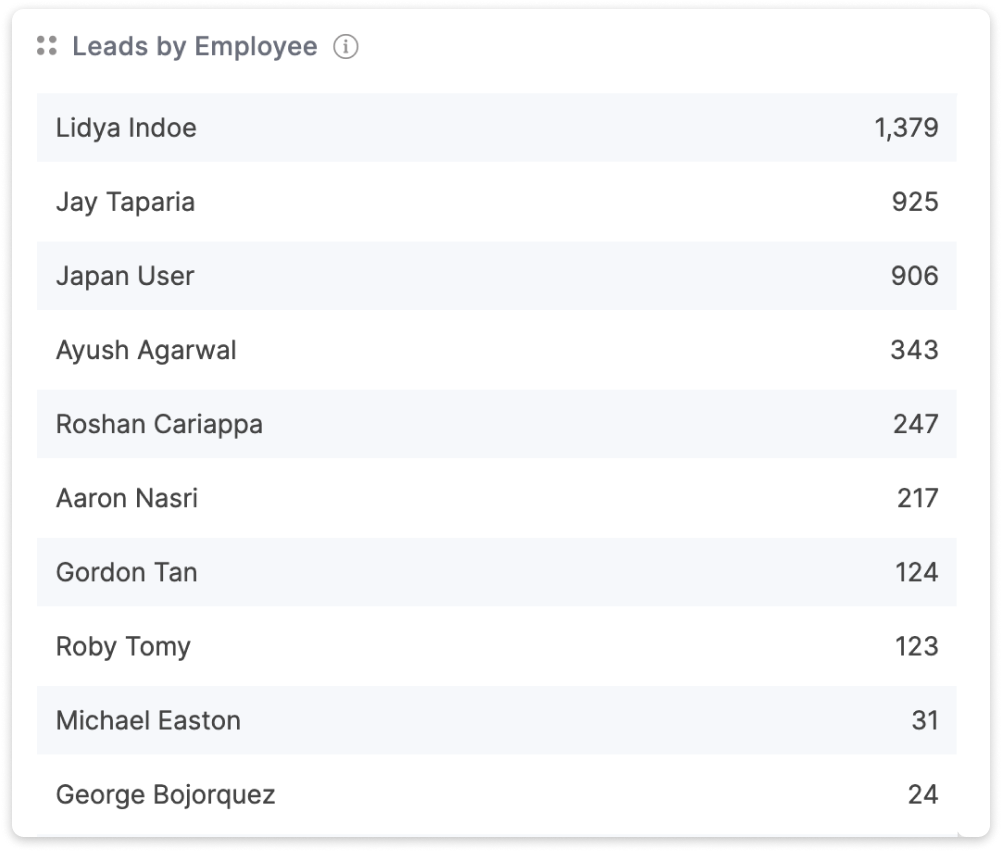What are leads?
A lead is a potential customer who has become aware of a product or service but may or may not be ready to make a purchase right away.
Therefore, they require sales support to finish the process of engaging with the company offering the product/service. They can also be called as potential buyers who need to be nurtured and eventually converted. In summary, a lead is an opportunity to make a sale.
The lead may be involved in either one or all of the following-
- Interacted with your website
- Shared their contact information
- Subscribed to your newsletter
- Downloaded any marketing material
Lead Generation Process
A visitor lands on your website, blog, or social media page
That visitor click your CTA and takes some kind of an action
The visitor is directed to the landing page where they provide their personal information in exchange for an offer (a template, an ebook, a course etc.)
The visitor fills out a form on the landing page and you get a new lead

Lead Conversion Formula
Lead conversion metrics are important to realize how successful the marketing and sales efforts are in converting the leads into customers.
To find the lead conversion rate, divide the number of leads during a period by the total number of visitors in that same period. For example:
Lead To Customer Conversion Rate = No. of qualified leads that resulted in sales / Total number of qualified leads * 100
For example: Suppose your website generates around 10,000 visitors every month and from those, you have a total of 400 leads. Lead Conversion Rate = 400 leads / 10,000 visitors *100 = 4%
Lead to win rate is a metric calculated in the percentage of leads who were once in the sales funnel and are now converted into paying customers. This is an important metric that validates your marketing strategy, sales strategy, execution by the sales reps, product-market fit, pricing, and how the marketing and sales teams are aligned.
Lead Qualification
A sales lead is not a sales prospect because a business would need to qualify the potential new client further by examining their intent and interest.
Lead qualification thus helps determine the likelihood of a lead making an actual purchase.
How do you check for qualifying leads?
Analyze the profile of your lead. Consider: budget, authority level, need for your product/service and timeline. Check if this person is similar in scope to a member of your target market.
Lead Scoring- Give each lead a score based on how much they engage with your marketing assets. A lead scoring system can streamline and reduce sales teams' conversion timelines. As a result, they have a better grasp on the hierarchy of leads, are able to pay attention to the right people, resulting in closing more deals.
Lead metric is one of the important metrics every sales leader should measure in any CRM like HubSpot CRM, Salesforce, and Pipedrive.
How to visualize Lead in dashboard?
In Dataflo, we segment the leads based on the industry, source, status, employee, location which will help you analyze this metric in a more detailed way.
Take a look at the data visualization for more on how to track Leads in a Dataflo dashboard.

































